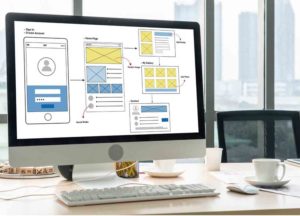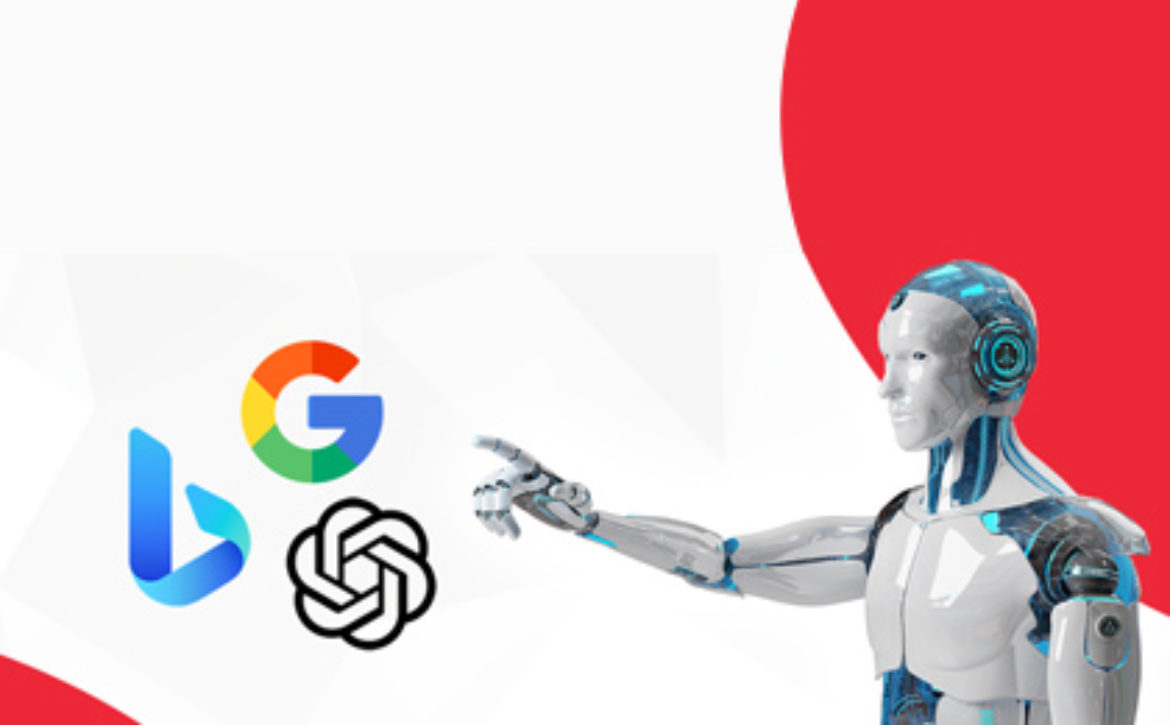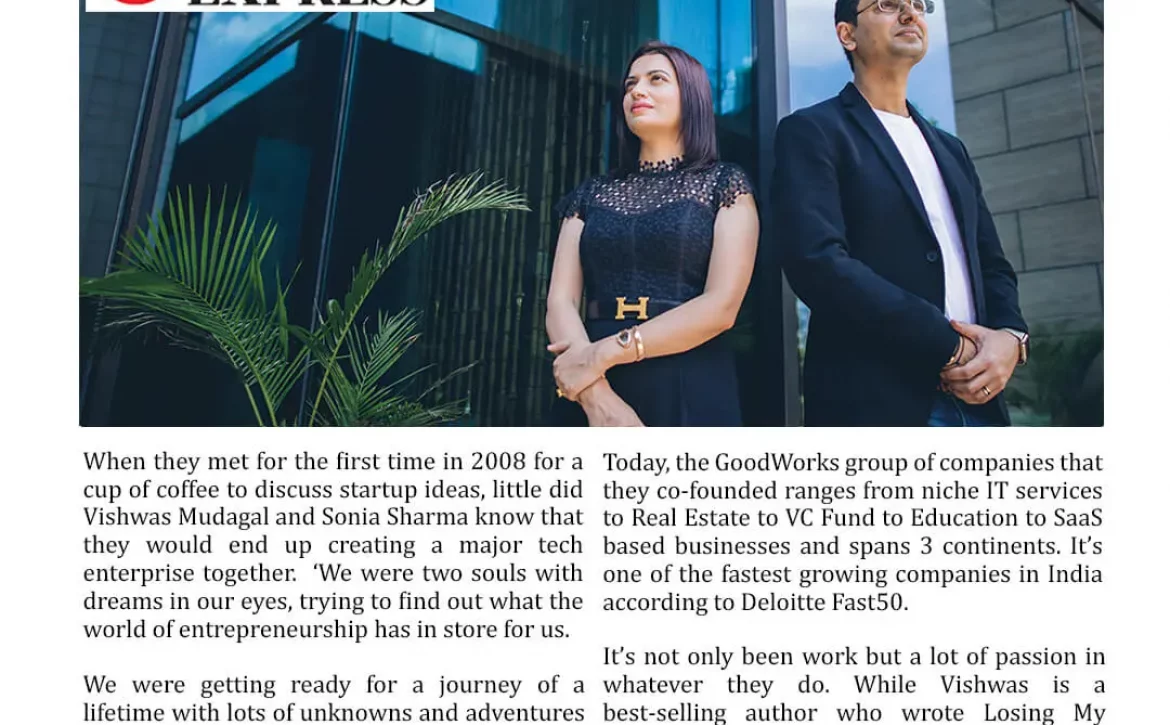Optimizing Development Costs Without Sacrificing Quality: Expert Tips for Tech Companies
In the fast-paced, cutthroat world of technology, companies must balance development costs while providing high-quality goods and services. Finding this precise balance can be the secret to a successful and long-lasting company. This blog will explore expert tips that tech companies can use to optimize costs without sacrificing quality.
-
Careful Planning and Requirement Analysis
For tech companies, careful planning and requirements analysis are essential elements in optimizing development costs without sacrificing quality. The followings steps can be followed to optimize development costs:
- Involve all stakeholders from the beginning of a project to establish precise goals and expectations.
- By carefully examining the project requirements and producing user stories, wireframes, and prototypes you can cut down on uncertainty and speed up the development process.
- Companies can prevent expensive adjustments and delays later on in the development process by devoting attention to the planning and requirements phase.
- Having clear objectives helps development teams stay concentrated on crucial activities, lowering the possibility of scope creep and unneeded costs.
- Thorough planning and requirements analysis help to make the development process more effective and efficient, guaranteeing that the final product fulfills the specified quality standards while keeping development expenses under control.
-
Embrace an Agile Methodology
Adopting the Agile methodology is an important strategy for tech companies to reduce development costs without compromising quality. Agile methodology helps optimize development costs in the following ways:
- Agile encourages gradual and iterative development, enabling regular testing and feedback over the course of a project.
- Development teams can swiftly find and fix problems early on by splitting the project down into smaller, manageable jobs, decreasing the likelihood of costly fixes in later stages.
- It promotes cooperation and communication between team members and stakeholders, ensuring that everyone is in agreement with the goals and specifications of the project.
- Better decision-making is a result of this transparency, which lowers the possibility of rework and cost overruns.
- Agile’s adaptive planning enables businesses to react quickly to shifting consumer preferences or developing project specifications, resulting in effective resource management.
- Companies may verify progress and make knowledgeable decisions about upcoming development steps by regularly delivering working software increments, which ultimately results in a high-quality, cost-effective end product.
-
Outsourcing Non-Core Activities
Tech companies can employ the strategic approach of outsourcing non-core functions to reduce development expenses while focusing on essential work and assuring quality.
- If done internally, non-core tasks like infrastructure management, testing or customer service may take a lot of time and resources. By delegating these tasks to specialist service providers, businesses may access knowledgeable experts without having to worry about keeping up with dedicated teams.
- Outsourcing delivers financial benefits by eliminating the need for new infrastructure, equipment and training expenses.
- Outsourcing partners frequently have established procedures and best practices, improving efficiency and producing results of a higher caliber.
- When non-core duties are performed by outside professionals, the internal development team can focus on innovation and important projects, leading to faster time to market and competitive advantage.

-
Automation and DevOps
Tech companies can reduce development expenses while maintaining product quality by utilizing automation and DevOps approaches.
- Automating repetitive operations like testing, deployment, and code integration entails using tools and scripts.
- The development cycle becomes more effective by automating these procedures, lowering the requirement for manual intervention and lowering the possibility of human error.
- Contrarily, DevOps emphasizes cooperation and synergy between the development and operations teams.
- It encourages a continuous integration and deployment (CI/CD) culture, allowing for rapid upgrades and releases.
- This strategy guarantees that code is extensively tested and immediately deployed, enabling speedy feedback and bug corrections.
- Companies can achieve quicker software development cycles, more dependable software releases and better resource utilization through automation and managed DevOps.
- Lower costs and higher-quality products result from less manual effort and deployment-related concerns since development teams can concentrate on adding value and innovation rather than getting bogged down by manual chores.
-
Prioritize Quality Assurance
Tech companies must prioritize Quality Assurance (QA) if they want to reduce development expenses without compromising on quality.
- The possibility of expensive post-release problems and customer unhappiness is decreased by assurance that the product complies with specifications and functions as planned.
- Early emphasis on quality assurance allows for the early detection and correction of any flaws and faults, reducing the need for subsequent labor-intensive rework and costly bug fixes.
- Technology companies may produce a solid and trustworthy product by investing in thorough testing techniques, such as unit testing, integration testing, system testing, and user acceptability testing. In turn, this lowers the possibility of poor user experiences, client complaints, and product recalls—all of which can result in high expenses.
- Making QA a priority also helps to establish a track record for producing high-quality goods, which can foster customer loyalty, good word-of-mouth, and enhanced market competition.
- By lowering the need for frequent updates, maintenance, and customer assistance related to product concerns, the investment in QA ultimately results in cost savings.
-
Monitor and Analyze Metrics
For tech companies looking to reduce development expenses without sacrificing quality, tracking and evaluating metrics is an essential discipline.
- Metrics give useful information on the effectiveness and efficiency of the development process, assisting businesses in making data-driven decisions and allocating resources wisely.
- Companies can spot possible bottlenecks, inefficiencies, and areas for improvement by tracking key performance indicators (KPIs) relating to development timeframes, defect rates, resource utilization and customer satisfaction.
- Monitoring the length of time required to complete various development stages, for instance, can point out areas where procedures can be reduced, resulting in cost savings.
- Companies can identify recurring problems and focus on quality assurance activities by analyzing defect rates and customer input, which lowers the likelihood of expensive post-release defects and customer support costs.
- Metrics can also be used to evaluate the effects of process modifications and technological advancements, allowing businesses to optimize development workflows and manage expenses based on solid data.
In conclusion, for tech companies , maintaining a balance between development costs and quality is a constant issue. However, companies can reduce development costs while providing high-quality goods and services by adopting careful planning, embracing Agile methodologies, utilizing open-source tools, outsourcing non-core tasks, investing in automation and DevOps and giving QA and monitoring metrics top priority. Pursuing this balance will put tech companies in a position to maintain their competitiveness, adjust to market demands, and prosper in an ever evolving technological world.
A software development and technology consulting company GoodWorkLabs is renowned for providing its customers with cutting-edge solutions. We have experience in a number of fields, including blockchain, artificial intelligence, machine learning and mobile app development. With the help of cutting-edge technology and agile development processes, GoodWorkLabs has a reputation for offering high-quality tech solutions that are both impactful and scalable. We are well-known in the technology industry thanks to our knowledge and dedication to providing value to our customers. To know more please visit our website.






















